Have you ever wondered why businesses invest in case studies? Not sure if case studies are worth the investment?
At OptinMonster, you’ll notice that we spend a lot of time conducting case studies and highlighting them on our blog. This isn’t a coincidence or a random occurrence. In fact, we make a regular effort to communicate with our customers to produce great case studies. Why? Because we understand just how valuable case studies are in educating customers and increasing conversions.
Today, I’ll explain what case studies are and why they’re so important.
- What Is a Case Study?
- Why Are Case Studies Important?
- Elements of an Effective Case Study
- Case Study Example (With Analysis)
What Is a Case Study?
A case study is like an in-depth story about a particular customer’s experience with your company. It starts by introducing who the customer is and what kind of problems they face. Then, it explains how your company stepped in with a solution specifically designed to tackle those problems. Finally, it wraps up by showing how the customer’s situation improved after using your company’s product or service.
This isn’t just any story, though. It’s a real account that helps other potential customers see how they might benefit in a similar way. Case studies are valuable because they give a clear example of how a company can help solve real challenges, told through the experiences of 1 specific customer.
Understanding the Value of Case Studies
Case studies are vastly under leveraged, yet wholly effective.
In fact, case studies are often more effective than brochures and traditional sales collateral. Why? Because everyone loves stories.
You have probably heard the saying, “A picture is worth a thousand words.”
This wisdom also applies to sales conversations and marketing.
The stories you share paint pictures, evoke emotions and give your presentation a sticky power.
That’s exactly what a case study allows you to do: tell stories about your brand.
People connect with stories, and there’s no better method of storytelling in business than using your customer’s voice in a data-backed case study.
Why Are Case Studies Important?
Okay, so now that you understand the big-picture value of case studies, let’s narrow the focus and dive into some of the specific and tangible reasons case studies matter when it comes to increasing website conversions and directly driving sales.
1. Case Studies Are Niche-Specific
One of the great things about case studies is that they are very targeted and niche-specific.
In other words, you will never see a case study, if properly developed, that’s vague or general.
By nature, case studies hone in on a very specific goal that’s related to your product offering. As a result, you can rest assured your case studies are going to resonate with your target market.
There’s very little risk that your case study will miss the relevance mark. While it is possible to mess up a case study, a properly developed one will always meet target customers where they are.
Example: Our CodeInWP case study highlights how MonsterLinks™ helped them increase conversions by over 1000%.
2. They Position Your Brand as Authoritative
Few things are trusted more than statistics and factual claims.
Since case studies are built on the premise of researched conclusions, your decision to publish these documents helps position your brand as an authoritative figure in your industry.
By regularly producing thought-provoking and insightful case studies, you’ll be able to fast-track your way to becoming a thought leader in your niche.
For example, Flywheel is a popular managed WordPress hosting company. In our Flywheel case study, we highlighted how OptinMonster helped them convert more website visitors by showing relevant offers.
A case study with a well-known brand in the industry helps you elevate your own brand.
3. They Explain How Problems are Solved
Case studies are problem-centric and solution-centric. While a product page on your website may say something like, “Our widget helps you reach more customers,” a case study dives into this statement and produces takeaways such as, “Our widget helps you reach 42 percent more customers by uncovering X, Y, and Z needs.”
While some customers may purchase your product based on the fact that a product page claims it’s an optimal solution for their problem, most want to know the “why” behind it.
Case studies serve as the foundation for the “why.” They show real-world situations where your product made a real impact.
Our case study with Ryan Robinson highlights how he recovered abandoning visitors and increased conversions by 500% using an exit-intent popup.
4. Case Studies Provide Social Proof
In this technology age, customers have become more demanding in terms of proof.
50 years ago, a customer relied heavily on sales copy when it came to making a purchase decision.
If an advertisement for a pair of wool socks claimed it would keep their feet warmer than the closest competitor, that customer generally took the statement at face value.
However, as social media and the internet have evolved, customers have been given access to additional resources and information.
As a result, customers are far less trusting of sales copy and invest more in peer reviews and factual findings. Studies show 91% of online consumers look at a product review prior to making a purchase.
Top Tools AlertCheck out this list of social proof software you can use to easily add social proof to your site.
Case studies can satisfy this desire for social proof by highlighting customer experiences and revealing real-life results.
You may also want to take a look at our comprehensive guide to social proof. Not sure about the value of social proof? Take a look at these social proof statistics!
5. They Lead to Spinoff Content
Many businesses with limited content budgets are hesitant to invest in case studies because of the cost and time commitment. While case studies certainly require a heftier investment, they’re also generally more efficient.
After publishing a case study, you can then hone in on specific takeaways and use them as a framework for spinoff content.
This spinoff content could take the form of blog posts, newsletters, video features, or podcasts. Think of a case study as research. Once you’ve conducted the research, it’s fairly easy to discuss the intricacies in more detail. In short, you can use case studies as a basis for all kinds of content marketing.
Common Elements of Effective Case Studies
While there is no singular format for an effective case study, most contain similar elements.
Generally speaking, there are 3 major parts to a case study.
You start with the problem, outline the solutions available, and then offer proven results that showcase your product/service as the optimal solution for the problem.
In essence, a good case study highlights “what’s in it for me?” from the target prospect’s perspective.
Those are the basics of a good case study, but let’s break it down further and look at a few common elements that are essential to crafting compelling business case studies:
- The Customer’s Story: Every case study should start with a background of the customer involved. This includes details about the company and their goals. Highlighting this context sets the stage for a relatable and engaging story
- The Challenges: Clearly articulate the specific challenges or problems the customer faced before your product or service came into the picture. This section is crucial as it builds tension and develops the narrative arc, making the eventual solution more satisfying
- The Solution: This is where your product or service shines. Describe how your product was implemented to address the challenges mentioned. Be detailed in explaining the process and the customization of the solution to meet the customer’s specific needs.
- The Results: Quantitative results are the payoff of your case study. Provide clear, data-backed outcomes that demonstrate the effectiveness of your solution. This could include increased revenue, improved customer satisfaction, or any other significant metric that illustrates success.
- Testimonials and Quotes: Integrating direct quotes from the customer adds authenticity and a personal touch to the narrative. These should reflect their experience and satisfaction with the solution provided.
- Visuals and Data: Incorporate examples, charts, graphs, and other images that can help visualize the results and processes described. Visuals can enhance the comprehension and retention of the case study’s key points.
Case Study Example (With Analysis)
Next, let’s take a close look at one of our OptinMonster case studies, titled How Skates.co.uk Increased Daily Sales £2000 With Geotargeting.
We’ll discuss how we included each of the elements above.
But just fitting in those elements isn’t enough. Let’s also discuss how each element helps OptinMonster market our product to our target audience.
The Customer’s Story
After a brief introduction, our case study begins by introducing Skates.co.uk. Ecommerce stores and small businesses are a huge part of the target audience for our product. Since Skates.co.uk is a family-owned eCommerce store, this case study will be relevant to a lot of potential customers.
The Challenges
We make Skates.co.uk’s challenges clear in the introduction. Like many online stores, they were struggling with cart abandonment and international shipping times.
Reducing shopping cart abandonment is one of the biggest potential benefits of using OptinMonster, so it is a major focus of many of our case studies.
The Solution
Of course, the solution was to use OptinMonster. However, we didn’t just leave it at that. The case study goes into detail about the specific features and tools that Skates.co.uk used to solve their problems.
Here’s an example of how we explained the exact features that our customer used:
By explaining the solution in detail, we had a chance to highlight some of our most valuable features.
The Results
Specific, detailed results are sprinkled throughout the case study. For every OptinMonster campaign discussed, we provide the conversion rates. Near the bottom of the article, we feature a bulleted list summarizing all the results:
But what about the website visitors who don’t read the entire study? We also include the most important stats at the very top, so every visitor will see a snapshot of our customer’s success:
When you feature your results prominently, potential customers will be able to easily see how your product could help them, too.
Testimonials and Quotes
The final part of our case study is a brief testimonial from Skates.co.uk’s David Tuttlebee:
While the main copy of our case study was crafted by our team, testimonials let the customers speak for themselves. A glowing direct quote adds proof that customers really are happy with your product.
Visuals & Data
The case study also includes images of the actual OptinMonster campaigns that Skates.co.uk used to achieve their results:
Beneath one of the campaign examples, we added a screenshot of one of the OptinMonster settings used for the campaign. In this case, Skates.co.uk used our Geo-Location Targeting feature to target website visitors in France:
These visuals show potential customers just how clean and professional OptinMonster popups can look on a website. The last image also illustrates how simple it is to specifically target each campaign.
Maximizing your Case Study Conversions
Case study research can take weeks or months to develop. Depending on the data you’re using, where you’re gathering it from, and how you’re putting it together, creating a valuable case study is an extremely intensive process. The last thing you want to do is waste your effort.
With that being said, simply creating and publishing case studies isn’t enough. If you really want to experience positive results and high returns, you should fit your case studies into your wider marketing strategies.
For instance, you should encourage visitors reading your case study to join your email marketing list and be entered into your sales funnel.
That’s where OptinMonster comes into play. With our incredibly versatile software, you can unlock the full potential of your case studies by converting abandoning visitors into subscribers and customers. With built-in analytics and A/B split testing, you’ll never wonder how your case studies are doing.
Get started with OptinMonster today!
Want to learn more about case studies and other research methods? Check out these resources:

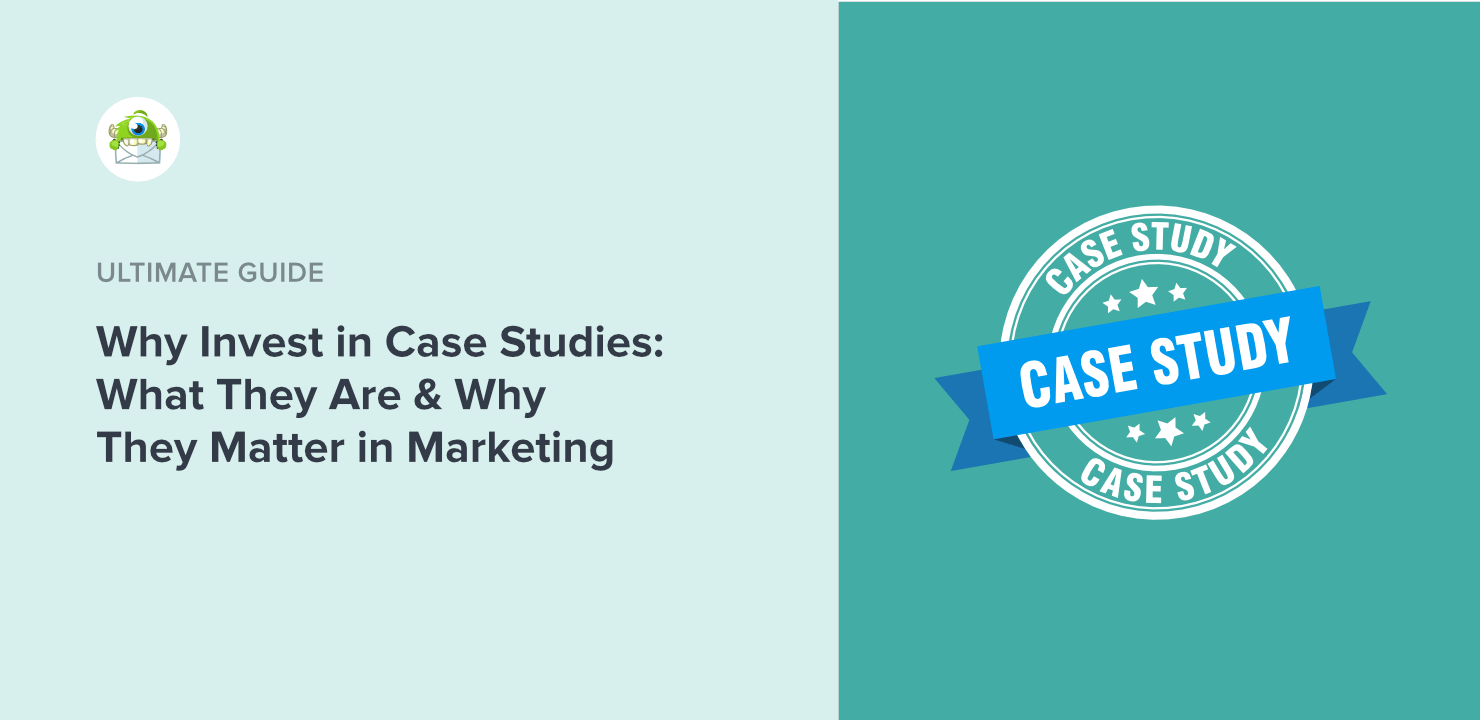
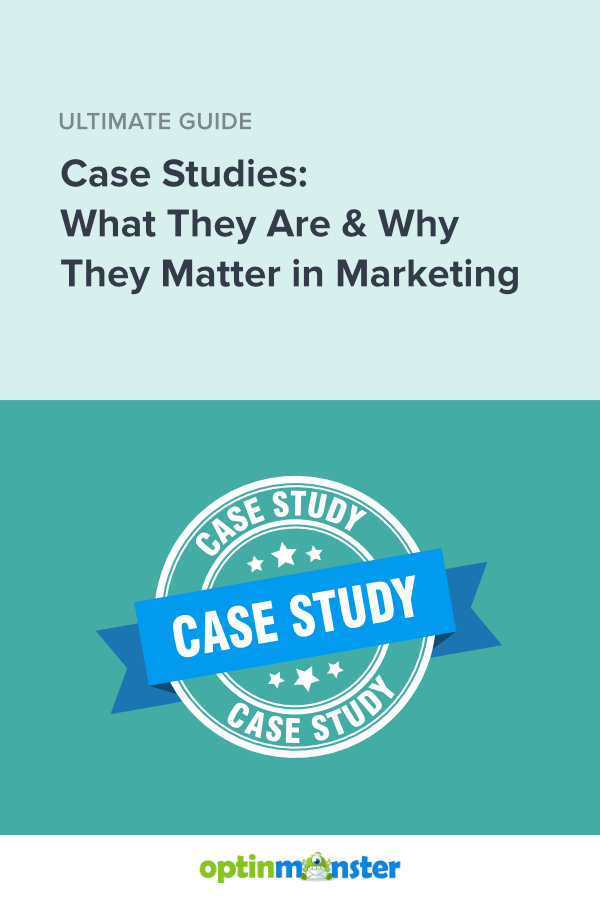
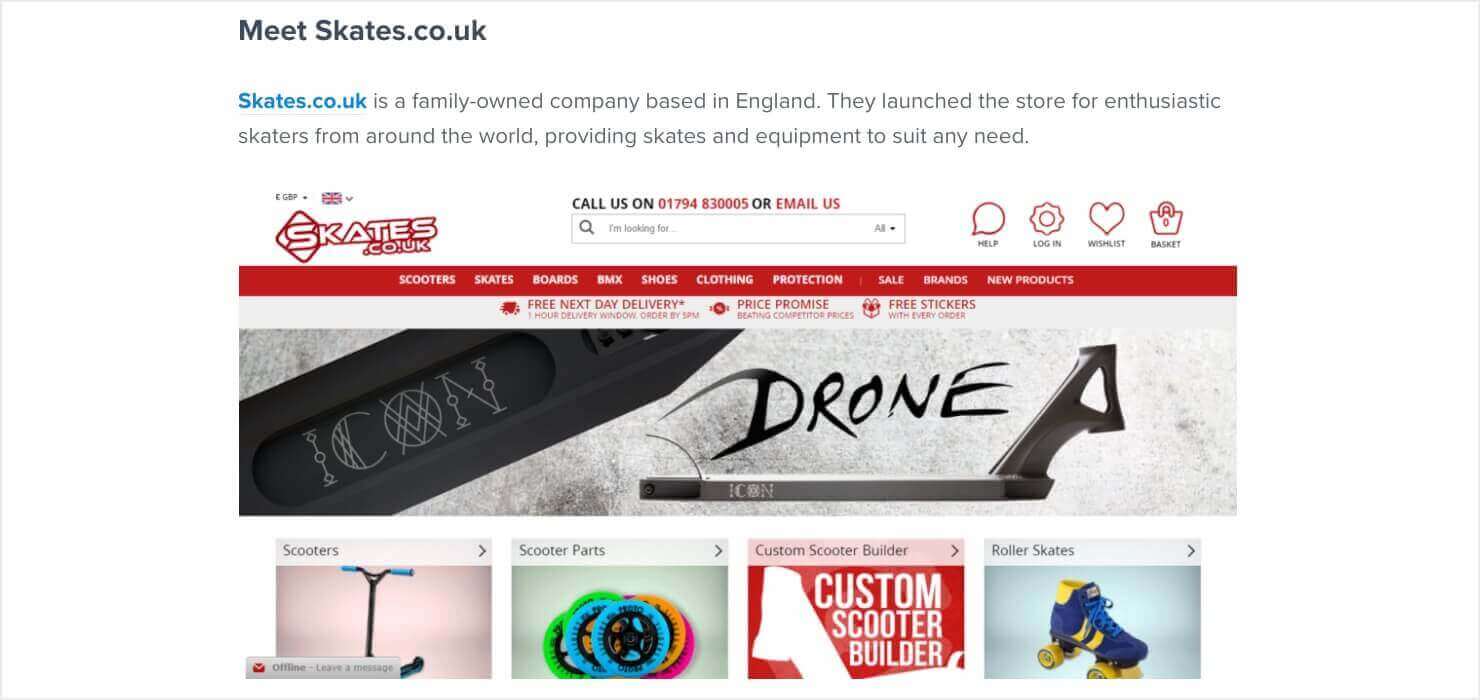



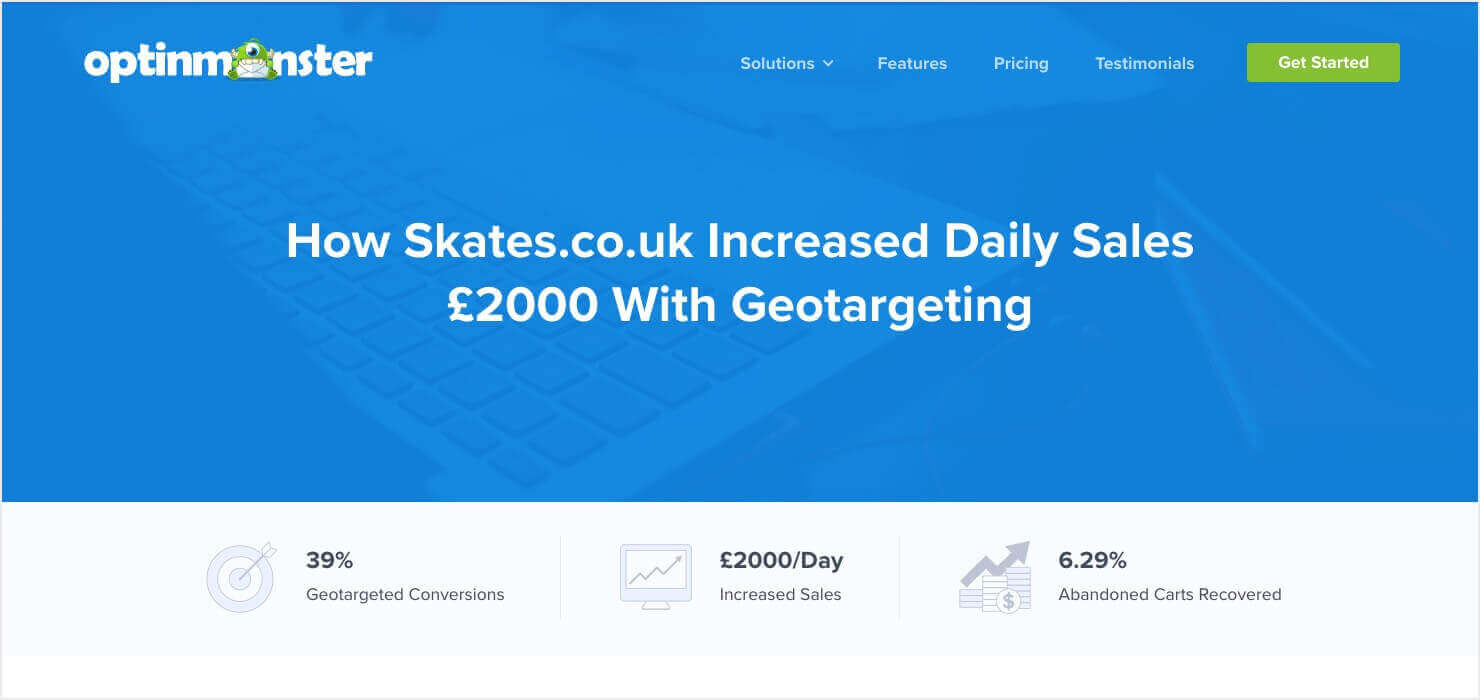

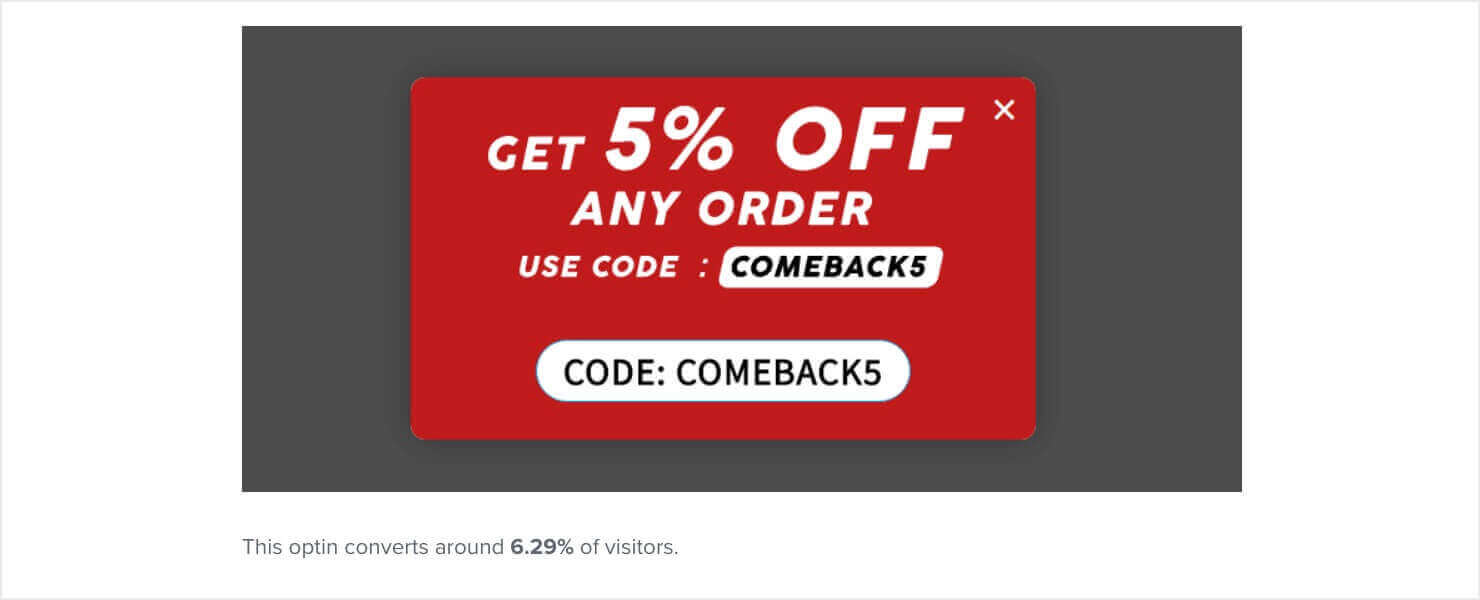
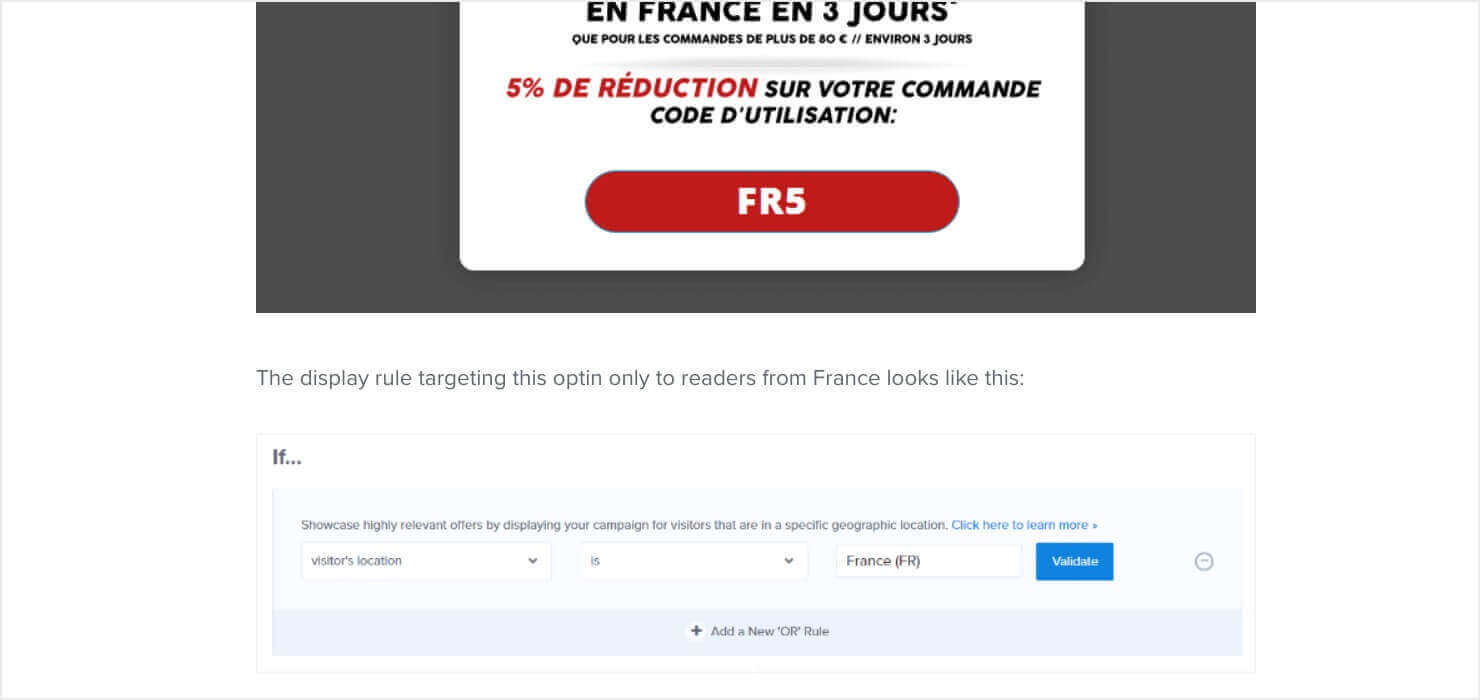








Add a Comment